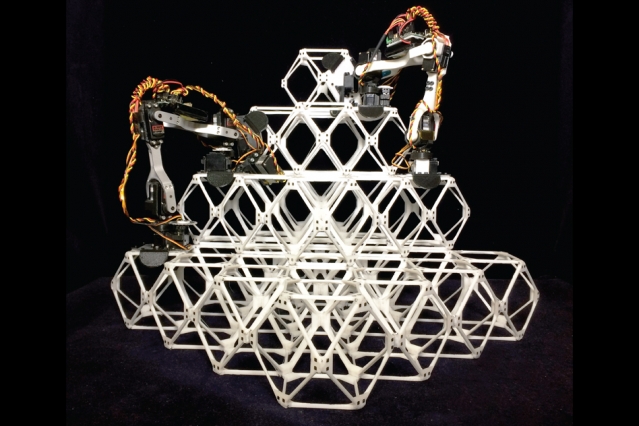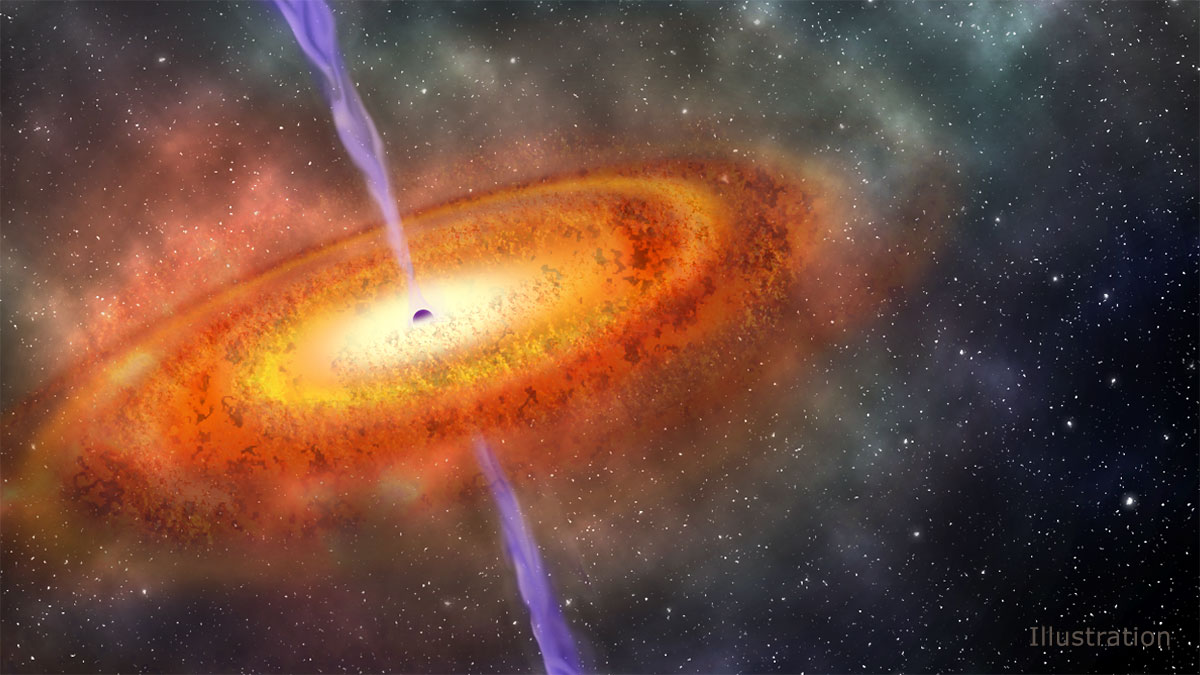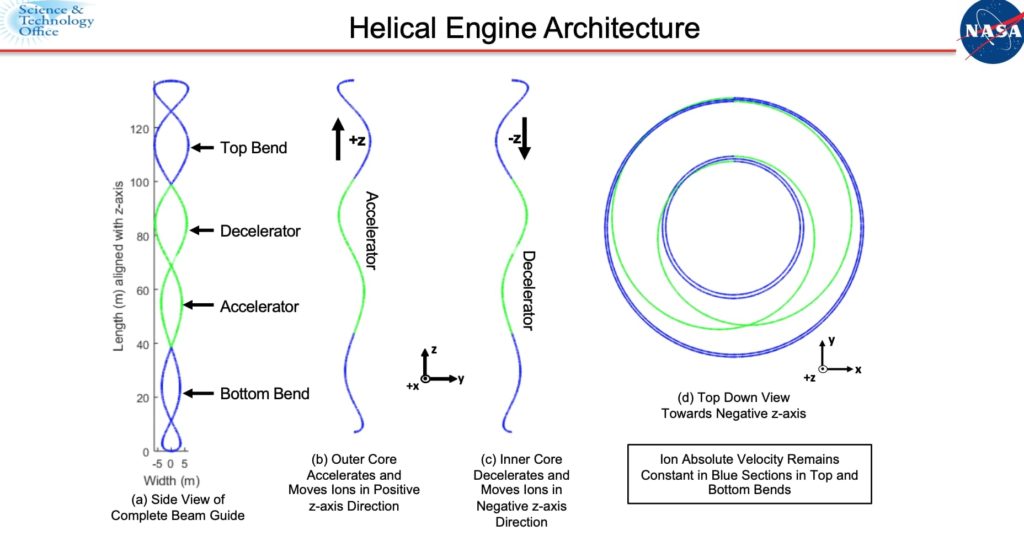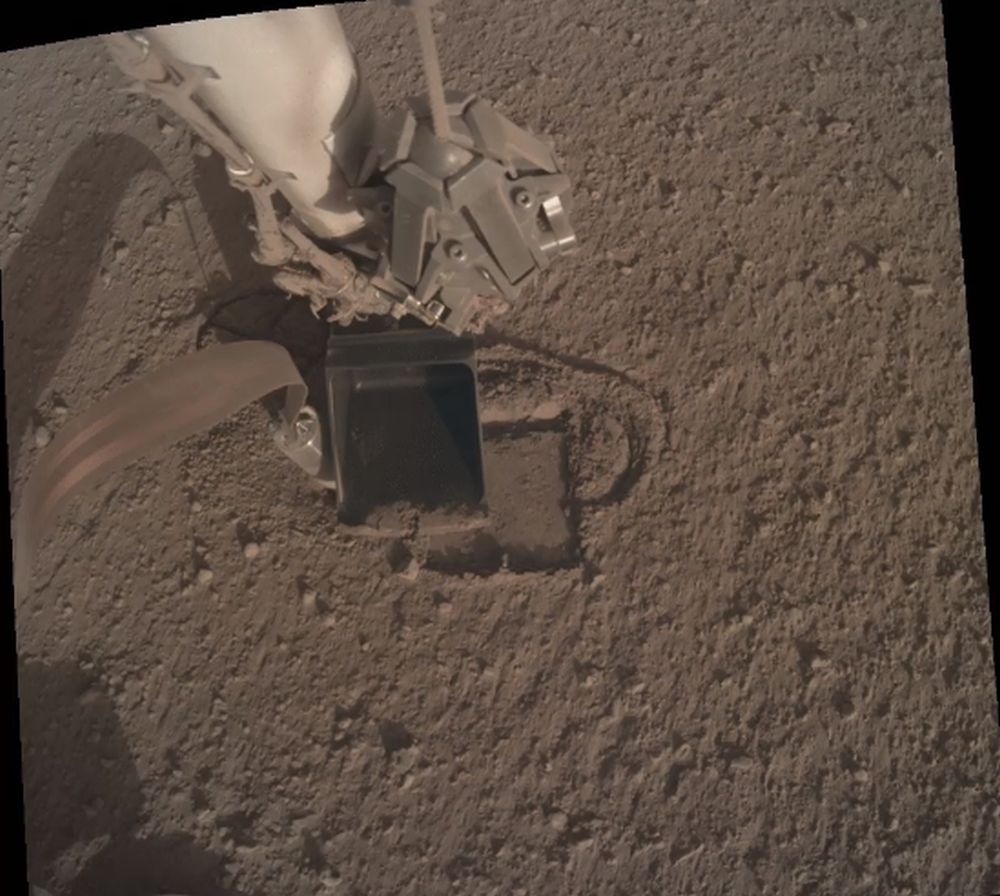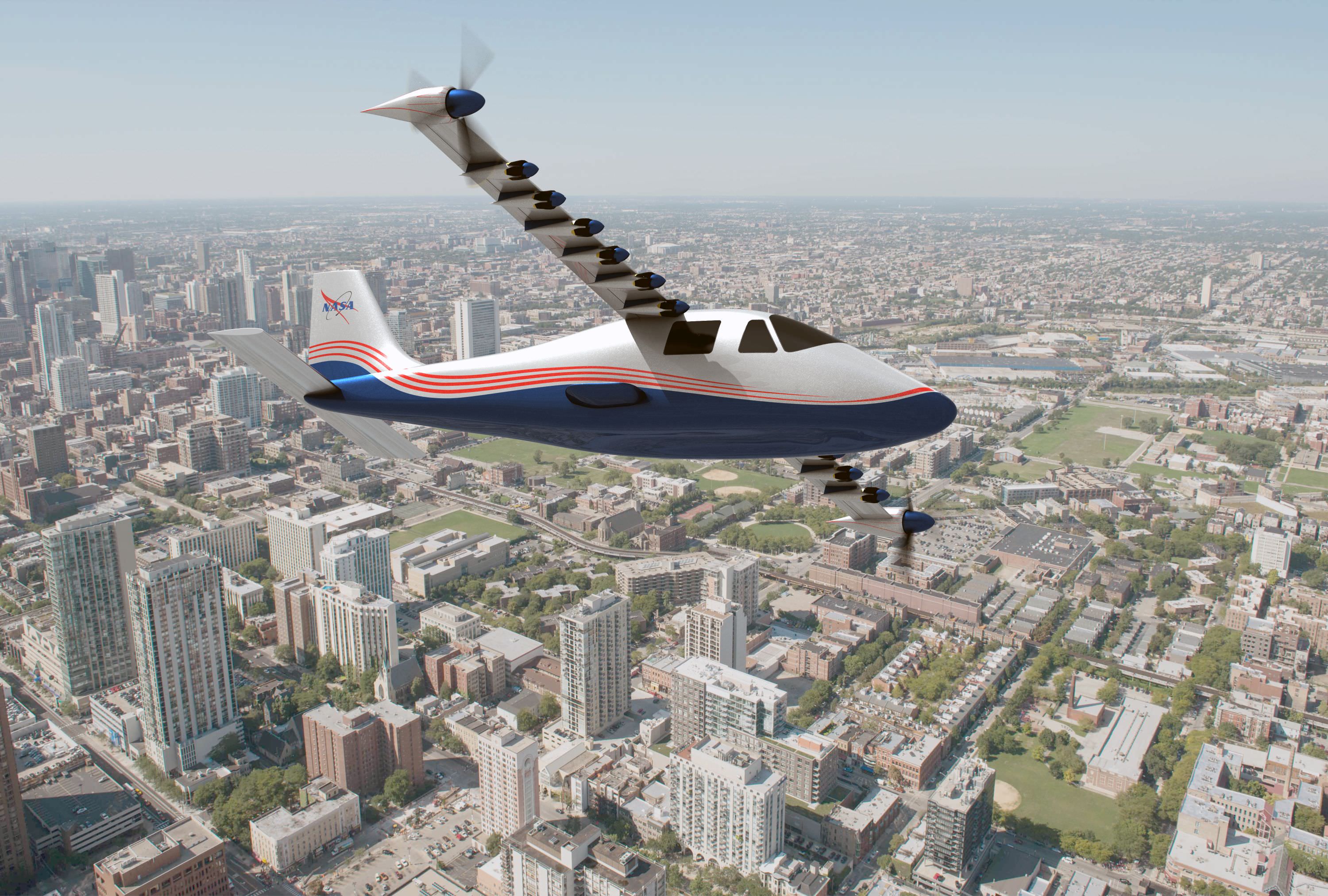We live in a world where multiple technological revolutions are taking place at the same time. While the leaps that are taking place in the fields of computing, robotics, and biotechnology are gaining a great deal of attention, less attention is being given to a field that is just as promising. This would be the field of manufacturing, where technologies like 3D printing and autonomous robots are proving to be a huge game-changer.
For example, there is the work being pursued by MIT’s Center for Bits and Atoms (CBA). It is here that graduate student Benjamin Jenett and Professor Neil Gershenfeld (as part of Jenett’s doctoral thesis work) are working on tiny robots that are capable of assembling entire structures. This work could have implications for everything from aircraft and buildings to settlements in space.
Continue reading “An Army of Tiny Robots Could Assemble Huge Structures in Space”
